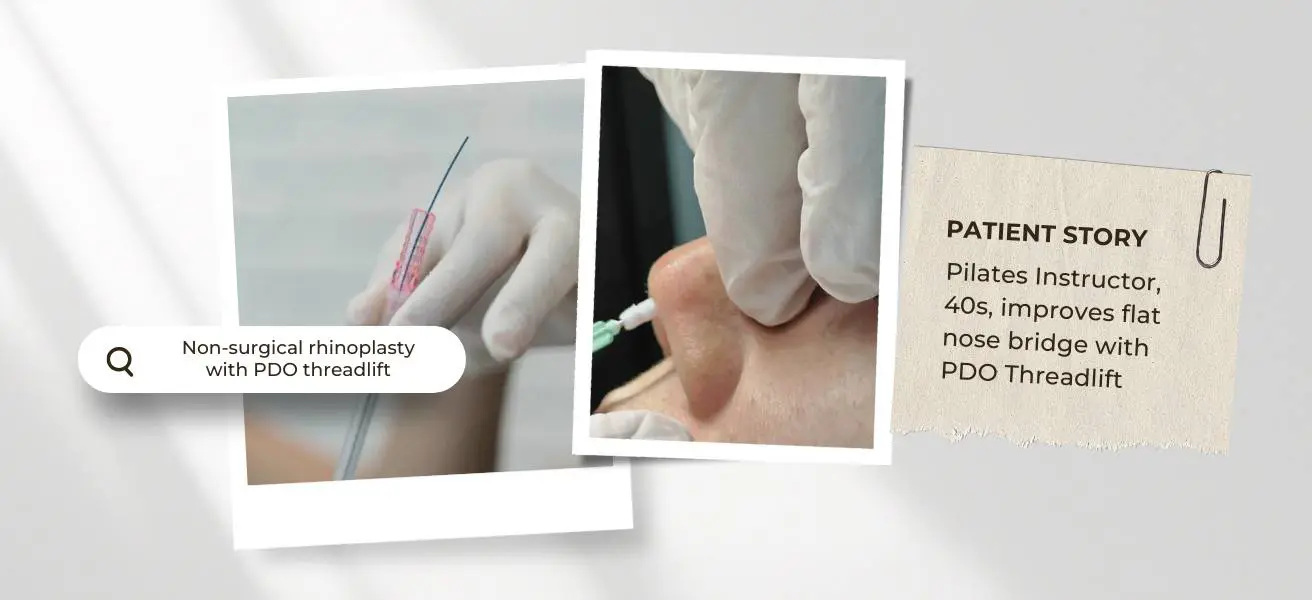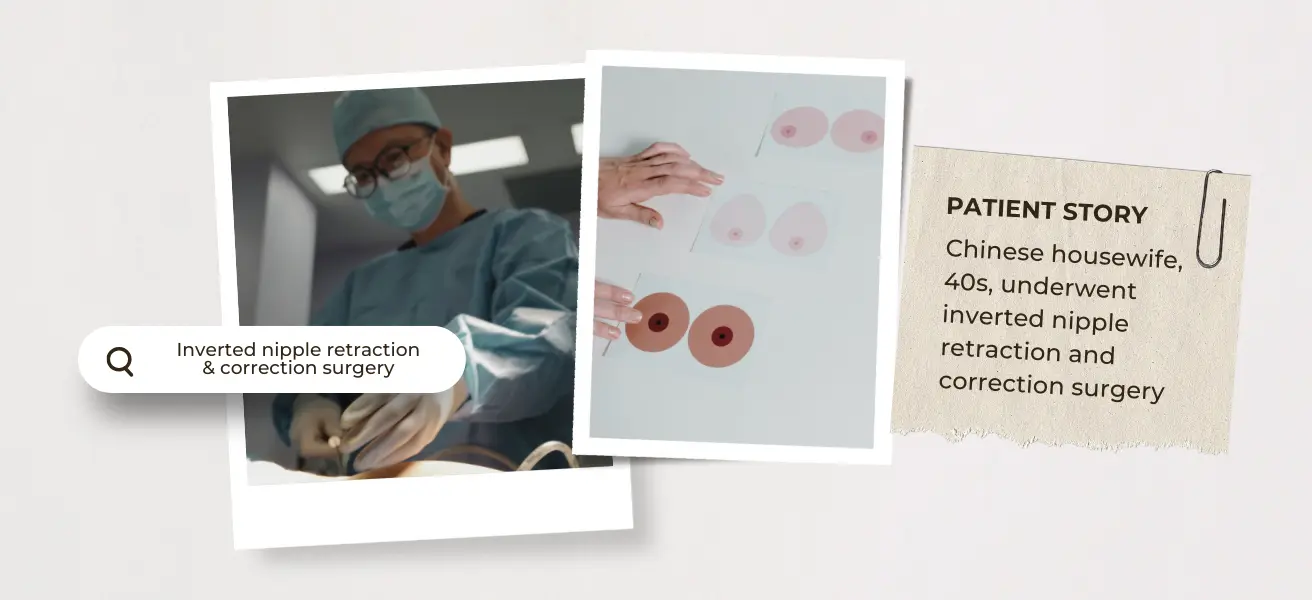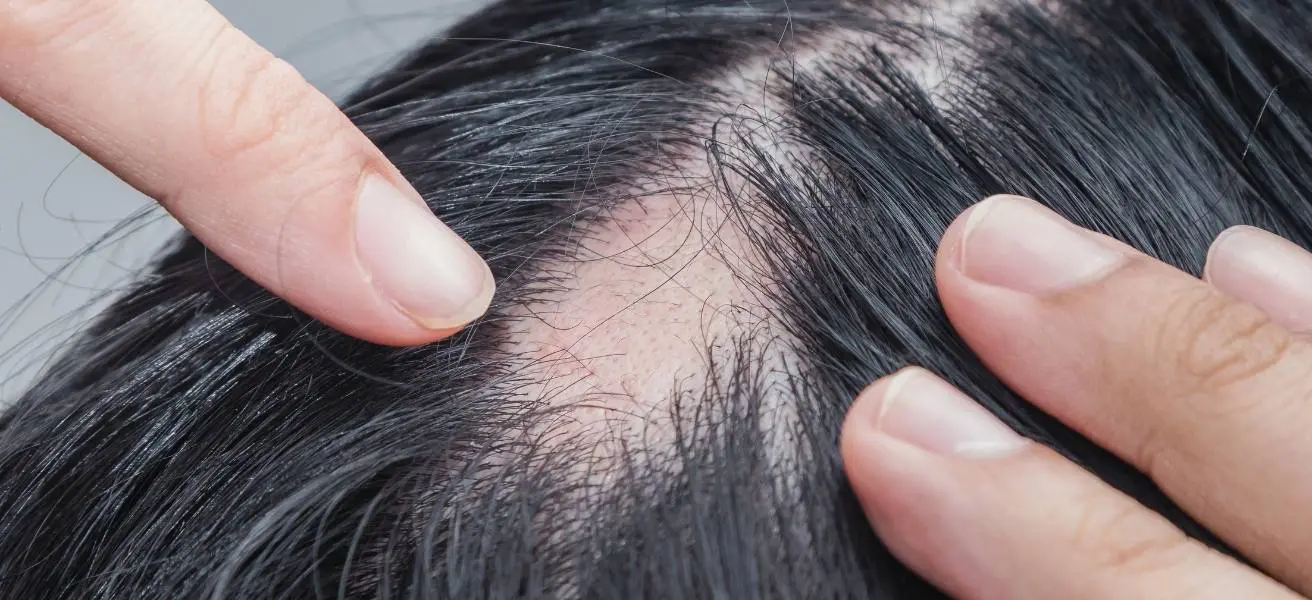"Abs are made in the kitchen." Weight loss, just like abs, also starts in the kitchen. Here are some healthy dietary habits to consider.
Table of Contents
Lipedema is a medical condition that is often misunderstood for obesity and misdiagnosed for lymphedema or cellulite [1] and commonly occurs in females.
Also spelt as lipoedema, lipedema is characterised by abnormal fat build-up distributed unevenly in the limbs such as buttocks, thighs, entire lower limbs, arms and legs. It comes with 5 distinctive types and patterns and into 3 stages.
Stages of lipedema

Lipedema is categorised into 3 stages. The different stages present different levels of pain, swelling, fat build-up and tenderness in the patient.
Stage 1 - Mild
The skin is smooth, and the lipedema in the legs at this stage can appear normal, but there is pain, easy bruising and a nodular feel to the fat tissue [2].
Stage 2 - Moderate to severe
The lipedema fat exhibits a mattress-like pattern indicating fibrosis under the skin that tethers on the skin that can be found on the upper legs (Type II) or extend down to the ankles (Type III) [2].
Stage 3 - Advanced
There are tissue folds, and the lipedema in the legs usually extends down to the ankles [2].
Types of lipedema in the legs
Type 1
Lipedema in the legs accumulates in the buttocks, pelvis and hips.
Type 2
Lipedema in the legs accumulates from the buttocks to the knees with fat folds around the knees.
Types 3
Lipedema in the legs accumulates from the pelvis down to the ankles.
Type 4
Lipedema in the legs accumulates from the shoulders to the wrists.
Type 5
Lipedema in the legs accumulates around the calves
Common lipedema type combinations are type 2 and 4 and type 3 and 4.
Lipedema in Singapore

Eakin et al. suggested that understanding how often lipedema occurs in Asian women or diagnosing it accurately can be challenging as it was generally known that lipedema rarely affects women of Asian descent.
Currently, very little research has been done on this subject. However, recent publications and case studies indicate a growing interest in lipedema in Asia, which means that the occurrence of lipedema in the legs or arms where we are may not be uncommon after all.
That said, the number of patients in Singapore who have been consulting with Dr Ivan Puah, our medical director, for lipedema diagnosis, assessment and treatment has increased exponentially since 2023. This indicates that lipedema in Singapore may not be as rare as we assume.
"Lipedema is more than just a cosmetic concern — it's a chronic medical condition that affects many people, primarily women, yet it remains widely misunderstood. As a doctor who has treated numerous lipedema cases in Singapore, I've seen the profound impact this condition has on patients' lives. Lipedema is characterised by painful, disproportionate fat accumulation, usually in the legs and arms. This can lead to mobility issues, chronic discomfort, and a significant decline in quality of life," explains Dr Ivan Puah.
How do I know if I have fat legs or lipedema in the legs?
"Fat legs" is a common complaint amongst ladies with pear-shaped body types; it denotes an excess accumulation of localised and stubborn fat in the lower extremities compared to other body regions. It is generally influenced by genetics, dietary habits and physical activity levels.
In patients with lipedema, it typically causes pain and tenderness in the affected areas, while "fat legs" are often devoid of such sensations. Lipedema also manifests as disproportionate swelling in the affected areas and tends to bruise easily, while those affected by "fat legs" do not encounter such issues.
Lipedema is not the same as normal "fat legs" or obesity; it is a chronic medical condition.
Key differences in lipedema in the legs, normal fat legs and fat gain due to obesity
Impact of Living with Lipedema
A study exploring the experiences of women living with lipedema found that pain and fatigue are the most significant symptoms reported by those with long-term illnesses.
The research further stated that these symptoms greatly impact their daily lives and those with lipedema often experience feelings of shame related to their visible symptoms and how others react to their appearance. Lipedema sufferers are frequently blamed for their condition and advised to manage it themselves, which can lead to feelings of neglect and shame during healthcare visits and silence their voices in seeking help [6].
"For patients, the journey is often fraught with challenges. Many endure years of frustration, being told to simply 'lose weight' or 'exercise more,' unaware that lipedema fat is resistant to traditional weight-loss methods. Beyond the physical pain, there's the emotional toll — feelings of isolation, low self-esteem, and the struggle to find a doctor who truly understands their condition," shares Dr Ivan Puah.
Challenge in Treating Lipedema in the Legs Effectively
"Treating lipedema in the legs is unlike performing standard thigh or calf liposuction. The fat in lipedema is fibrous, dense, and tightly packed, making it far more challenging to remove. The surgery requires a specialised approach, as the lymphatic system is often compromised in these patients.
One wrong move can lead to complications, so experience and precision are critical. This isn't just about removing fat; it's about restoring function, alleviating pain, and giving patients their lives back," continues Dr Ivan Puah.
Finding The Right Doctor
Women with lipedema in the legs live with unbearable pain and invisible symptoms. We need to raise awareness of lipedema in Singapore so that women affected by this chronic medical condition can receive the necessary care.
"This brings me to an important point: education. Lipedema, much like gynecomastia when I first began treating it decades ago, is often dismissed as a purely aesthetic issue. But just as gynecomastia is a medical condition that can impact physical comfort and self-esteem, lipedema is a legitimate health concern that requires tailored care.
Through education and awareness, we've made great strides in helping people understand gynecomastia. It's time to do the same for lipedema," explains Dr Ivan Puah.
Public awareness is key. Lipedema is not just about appearance; it's also about health, mobility, and quality of life. Left untreated, it can worsen symptoms, including lymphedema and joint problems.
That's why patients must seek the right doctor with the experience, skill, and understanding to treat this complex condition effectively.
Get help
"In my practice, I've noticed how life-changing lipedema surgery can be when performed correctly. Patients regain their mobility, experience relief from pain, and rediscover their confidence. But the journey starts with awareness and understanding.
My hope is that through continued education and advocacy, we can shine a light on lipedema in the legs and ensure that those affected receive the care and support they deserve.
Don't hesitate to reach out if you or someone you know is struggling with lipedema. Together, we can take the first step toward a better quality of life."





























